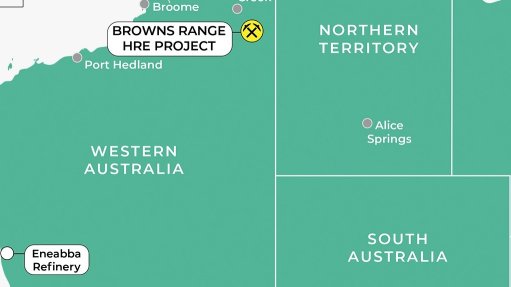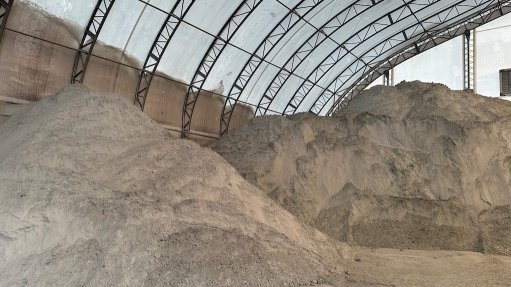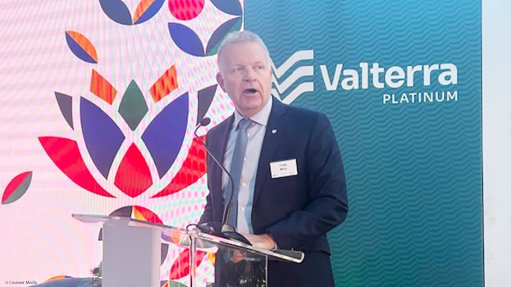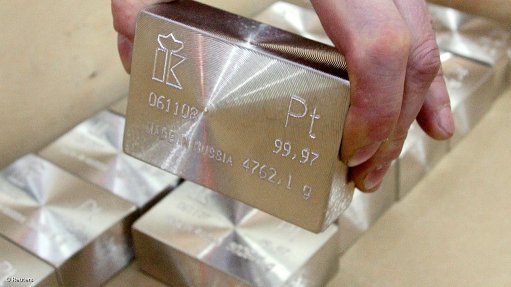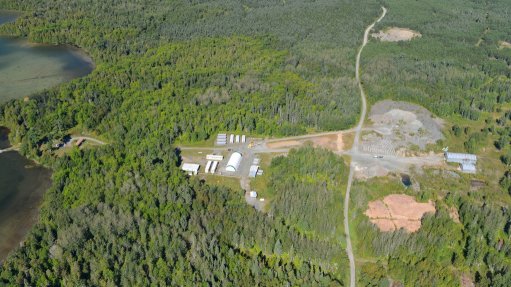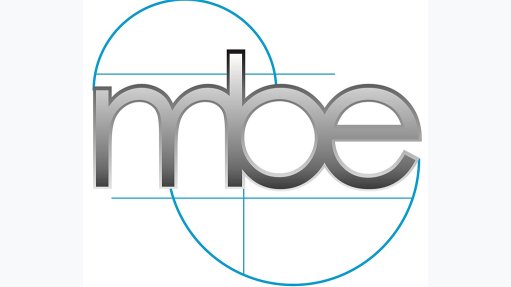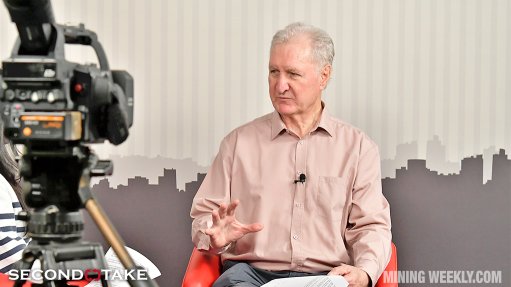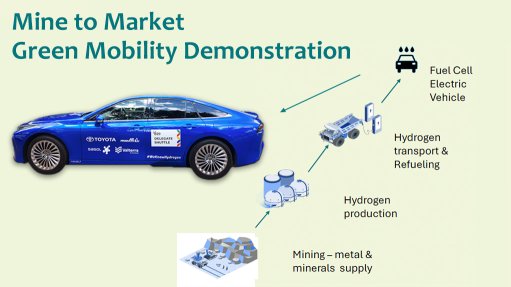SA company wins international award for sewer rehabilitation
Subsurface pipeline construction and rehabilitation company Trenchless Technologies won the International Society for Trenchless Technology’s (ISTT’s) 2012 No-Dig Award for its work on a sewerage rehabilitation project in Port Elizabeth.
Phase 1 of the project was valued at R3.5-million and Phase 2 at R11.5-million.
The company undertook the rehabilitation of two parallel sewers in Port Elizabeth’s business district, beneath Govan Mbeki avenue. Phase 1 of the project was completed in 2007 and Phase 2 in 2011.
The first sewer measured 450 mm in diameter and increased to 525 mm pipe further down the line. The second measured 900 mm, increasing to 1 050 mm pipe further down. There was also a 200 mm sewer that needed work.
“Rehabilitation on 560 m of the 450 mm sewer and 570 m of the 900 mm sewer was undertaken in Phase 1 of the project. In Phase 2, rehabilitation was carried out on 600 m of the 525 mm sewer and 720 m of the 1050 mm sewer.
“The length of 200 mm sewer replaced measured 16 m,” says Trenchless Technologies MD Sam Efrat.
The rehabilitation project was originally designed using the spiral wound technique, but the Trenchless Technologies team soon discovered that site conditions required the incorporation of other techniques in certain locations, such as cured-in-place pipe (CIPP) and pipe bursting (a trenchless method of replacing buried pipelines without the need for a traditional construction trench by pushing the replacement pipe through the old pipe using a bursting head).
“The project involved five different trench-less techniques, including spiral wound expanded to a close fit – which involves wind- ing unplasticised polyvinyl chloride (uPVC) pipe within the original pipe using a winding cage positioned inside a manhole – spiral wound in-place – which involves winding uPVC pipe within the original pipe using a winding cage inside the pipe – ambient CIPP – which involves CIPP liner impregnated on site – and ultraviolet CIPP – which involves CIPP liner impregnated in a factory,” says Efrat, who notes that the project posed a few challenges for the company.
“During Phase 1, the 450 mm concrete pipe required several cleaning passes, as large stone particles that made up the cast inside the pipe had fallen off the wall of the pipe and into the sewer. “This was accomplished by using several passes of a steel-fingered ‘porcupine’ – a brush-like tool used for unblocking cylindrical figures.
“Further, the 900 mm concrete pipe had bends between manholes, which meant shorter sections of the steel reinforced uPVC had to be wound and then welded in place by hand,” says Efrat.
During Phase 2, he notes that challenges included having to stop a 200 mm concrete interceptor sewer from leaking, which needed to be plugged to allow overpumping. This was necessary for operations to proceed from within the manholes, which was being prevented by the large amounts of water entering the manholes from this inceptor sewer.
“When plugged, the pipe leaked through its joints, causing the water to flow outside the pipe and into the manhole and the main line. This prevented lining of the pipe. As a solution, we employed pipe bursting using our 120 t chain puller, which we set up within the manhole, to install a 225 mm high-density polyethylene pipe.
“We were then able to plug the new pipe and overpump the flow,” he explains.
Efrat says the ISTT award is the highest accolade available worldwide for the trenchless industry and the Port Elizabeth rehabilitation project was the only project awarded the No-Dig Award in 2012.
“We are proud of our achievement and we feel it highlights the many techniques and the level of expertise available in South Africa,” he adds.
The ISTT said the project was an excellent example of how trenchless technology options can be used to deal with unanticipated site conditions, which allowed the project to be completed successfully without excavation and surface disruption.
Article Enquiry
Email Article
Save Article
Feedback
To advertise email advertising@creamermedia.co.za or click here
Press Office
Announcements
What's On
Subscribe to improve your user experience...
Option 1 (equivalent of R125 a month):
Receive a weekly copy of Creamer Media's Engineering News & Mining Weekly magazine
(print copy for those in South Africa and e-magazine for those outside of South Africa)
Receive daily email newsletters
Access to full search results
Access archive of magazine back copies
Access to Projects in Progress
Access to ONE Research Report of your choice in PDF format
Option 2 (equivalent of R375 a month):
All benefits from Option 1
PLUS
Access to Creamer Media's Research Channel Africa for ALL Research Reports, in PDF format, on various industrial and mining sectors
including Electricity; Water; Energy Transition; Hydrogen; Roads, Rail and Ports; Coal; Gold; Platinum; Battery Metals; etc.
Already a subscriber?
Forgotten your password?
Receive weekly copy of Creamer Media's Engineering News & Mining Weekly magazine (print copy for those in South Africa and e-magazine for those outside of South Africa)
➕
Recieve daily email newsletters
➕
Access to full search results
➕
Access archive of magazine back copies
➕
Access to Projects in Progress
➕
Access to ONE Research Report of your choice in PDF format
RESEARCH CHANNEL AFRICA
R4500 (equivalent of R375 a month)
SUBSCRIBEAll benefits from Option 1
➕
Access to Creamer Media's Research Channel Africa for ALL Research Reports on various industrial and mining sectors, in PDF format, including on:
Electricity
➕
Water
➕
Energy Transition
➕
Hydrogen
➕
Roads, Rail and Ports
➕
Coal
➕
Gold
➕
Platinum
➕
Battery Metals
➕
etc.
Receive all benefits from Option 1 or Option 2 delivered to numerous people at your company
➕
Multiple User names and Passwords for simultaneous log-ins
➕
Intranet integration access to all in your organisation






